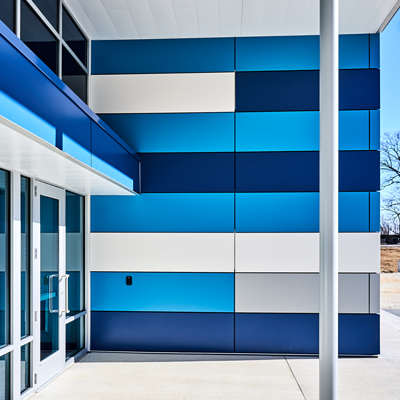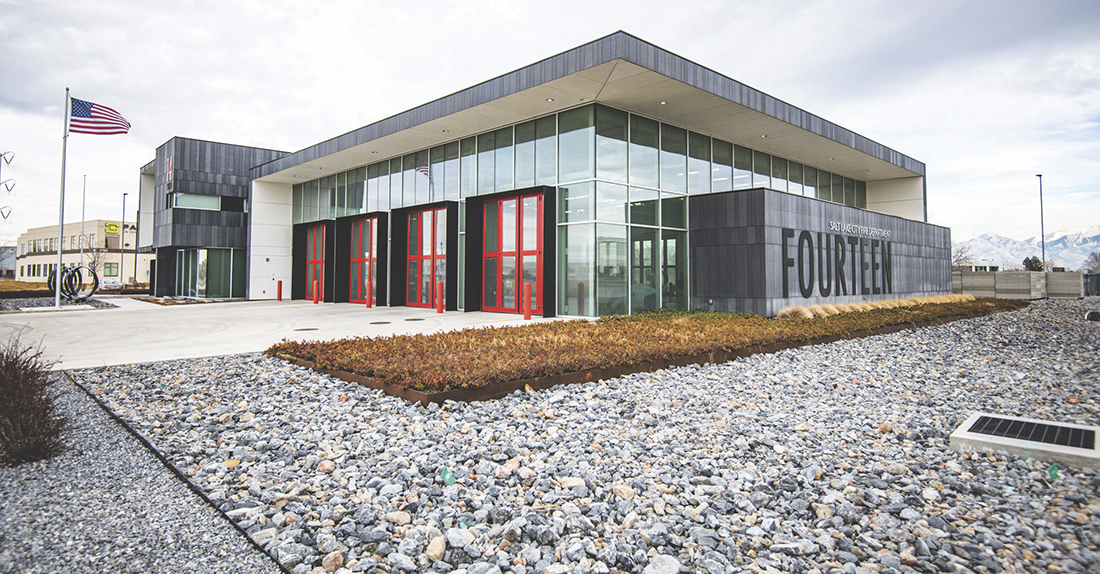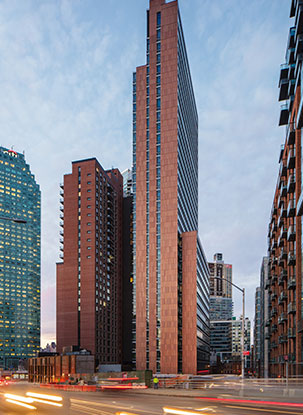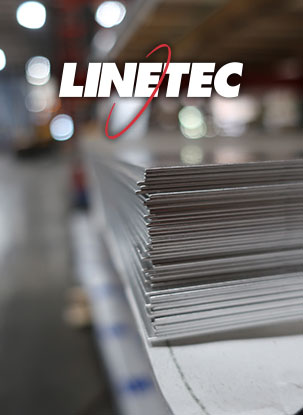It takes us an average of 7 seconds to form a first impressions, and some of our initial judgements are shaped in as short as 0.10 of a second. Most of our snap decisions are based on visual information. Our brain quickly connects the dots, whether we’re taking a first look at a website, a car, a job candidate or a building.
New buildings visually attract us with their current architectural style, but also because they appear fresh and clean. We associate cleanliness with newness, attentive care, safety, health and wellness. As buildings age, it’s essential to preserve their visual appeal and cleanliness. A neat, crisp appearance helps keep current tenants happy, allows vacancies to be filled quickly and protects properties’ long-term value.
Colorfully painted architectural aluminum products on building exteriors can impart a positive, memorable first impression. Architectural coatings formulated with 70% PVDF provide one of the highest performance finish options. These extremely durable, low-maintenance finishes can retain their optimal performance and intended aesthetic with basic routine cleaning.
Doors, windows, skylights, curtainwall and storefront framing, façade cladding, wall panels, column covers, sun shades, canopies, coping and other aluminum building products are constantly exposed to dirt and grime. Typical sources include soil, grass, pollen, birds, pollution, salt spray and the occupants themselves.

Here are seven tips to help you maintain a great first impression for your building exterior’s painted aluminum products:
- Clean regularly
Basic care and cleaning of finished aluminum should be scheduled as part of routine maintenance. This can be easily integrated with other schedules, such as glass washing, seasonal gutter cleaning or annual safety inspections. More frequent cleaning may be needed in industrial areas with heavy pollutants, during renovations and expansions, in coastal areas, and in cold climates where road salt is used for de-icing. - Rinse the surface thoroughly
A clean water rinse using moderate pressure will help remove most dust and dirt from painted aluminum. Once heavy soil, grease or sealant is removed from the surface, a mild soap solution can be applied with a cloth, sponge or soft brush. Afterward, make sure to rinse the surface thoroughly with water to remove the cleaning solution and dry with a soft, lint-free cloth. - Select a suitable cleaning solution
When selecting a cleaning solution, choose mild soap solutions that are safe for your bare hands, similar to those you would use to wash a car. Do not use strong acid or alkali cleaners as they may damage the finish and affect the warranty. - Never mix cleaners and solvents; don’t use abrasive tools
Solvents no stronger than mineral spirits or denatured alcohol may be used to remove grease, sealants or other materials from your painted finish. Never mix cleaners, or cleaners and solvents, as the mixture can cause harmful and potentially dangerous results. Do not use abrasive cleaners or materials, such as steel wool or abrasive brushes, which can permanently damage the finished aluminum surface. - Remove minor scratches, gouges and other damage
While 70% PVDF architectural aluminum coatings are durable and resilient, with regular use year after year, some damage eventually will occur to the finish. Thankfully, small rub marks, dings and other minor damage can be sanded and touched-up. For scratches or gouges, use a relatively course grit paper to remove the damage, then use progressively finer grit paper to remove the sanding marks before touching up the painted finish. A similar approach can be used to touch-up exposed cut ends on fabricated material. - Only use touch-up paint from the finisher
Factory-finished aluminum building products are painted in a precisely controlled environment where the best possible color, performance and quality can be managed. While touch-up paint will not deliver the same durability of a factory finish, the product manufacturer’s finishing service provider can provide a visual match. Intended for minor damage spanning no more than an inch or two, the touch-up paint is supplied in small quantities as aerosols or in bottles with a built-in brush for easy application. Excessive use of touch-up paint can void the original finish warranty. - Know when to call in the pros
Damage can result from a variety of sources including improper cleaning or touch-up, natural and man-made disasters, or long-term neglect. For sizeable and heavy damage, it’s best to call in qualified professionals like Linetec’s field service team. We’ll visit the jobsite to determine the proper course of action and provide a quote to repair, restore and return your finished material to make the ideal first impression.
Contact Linetec for more details on cleaning, touching up and caring for your painted finishes.







